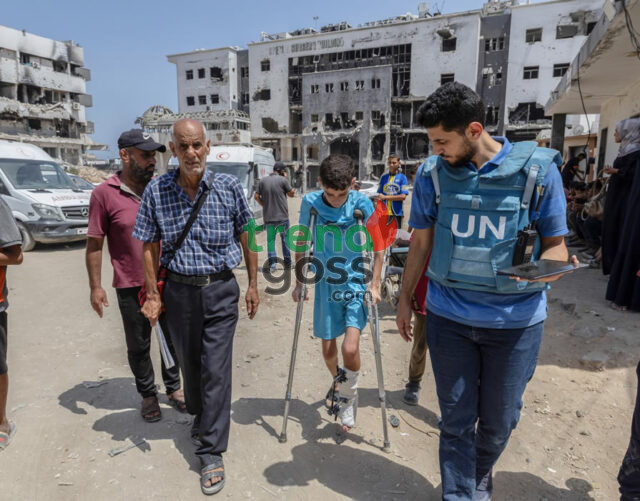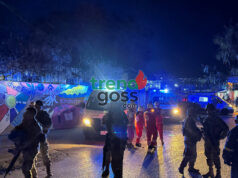Thousands Face Amputations, Disabilities Amid Collapsing Health System
The World Health Organization (WHO) has released a grim update on the humanitarian crisis in Gaza, describing the “life-changing injuries” suffered by 167,376 people since Israel’s military offensive began in October 2023.
According to the report, nearly 42,000 people are now living with severe wounds, with one in four victims being children. Disturbingly, more than 5,000 amputations have been carried out, highlighting the scale of physical devastation.
A Catalogue of Severe Injuries
The WHO detailed the types of injuries, including:
- 22,000+ limb injuries (arms and legs)
- 2,000+ spinal cord injuries
- 1,300+ brain injuries
- 3,300+ cases of major burns
Rising cases of facial and eye injuries, often requiring evacuation abroad.
These conditions, the WHO stressed, leave survivors at risk of disability, disfigurement, and lifelong social stigma.
Gaza’s Health System Near Collapse
The health infrastructure in Gaza is nearing total breakdown, with only 14 out of 36 hospitals partially functional. Rehabilitation services, already scarce before the conflict, are now on the verge of collapse.
The WHO noted that while over 1,700 physiotherapists and therapists are registered in Gaza, many have been displaced — and at least 42 health workers have been killed since last year.
The shortage of prosthetists is particularly dire, with only eight specialists available to produce artificial limbs for thousands of amputees.
“Rehabilitation and Mental Health Support Are Urgent”
Dr. Richard Peeperkorn, WHO Representative in the occupied Palestinian territory, emphasised that rehabilitation is not only about physical recovery but also mental health.
“Conflict-related injuries carry a profound mental health toll. Mental health and psychosocial support must be integrated and scaled up alongside rehabilitation,” he said.
Peeperkorn also noted that displacement, disease, malnutrition, and the lack of assistive products make the rehabilitation burden far greater in Gaza than in most other crisis zones.






